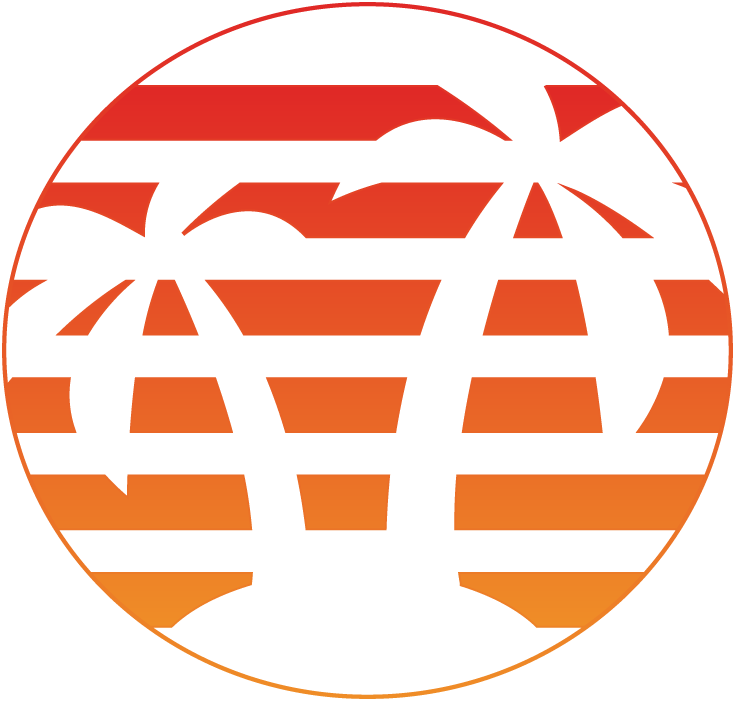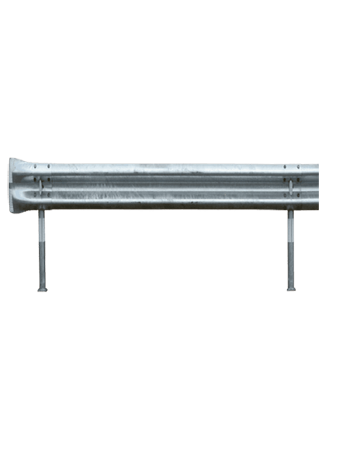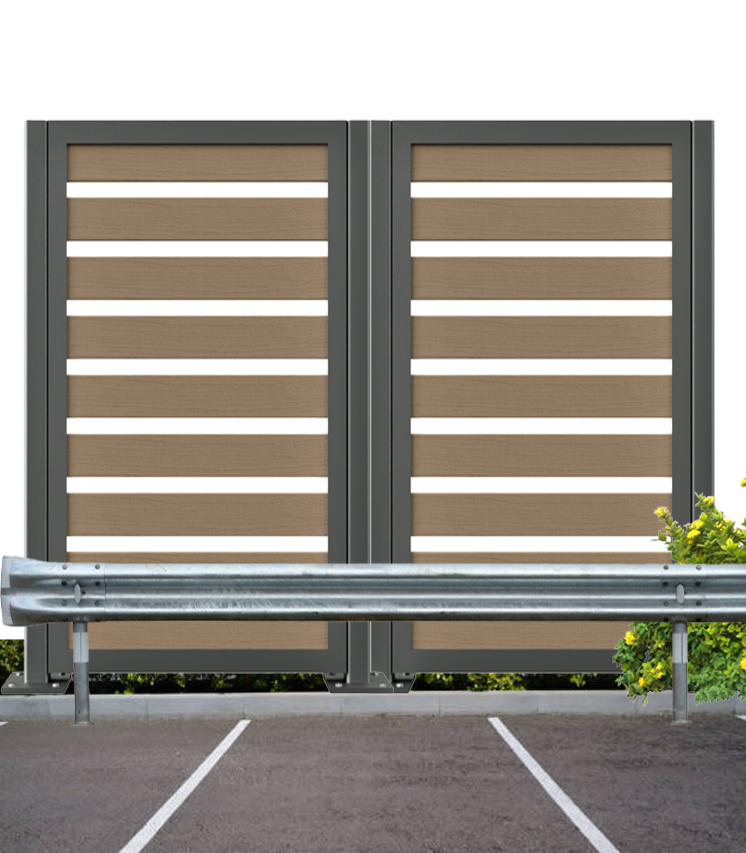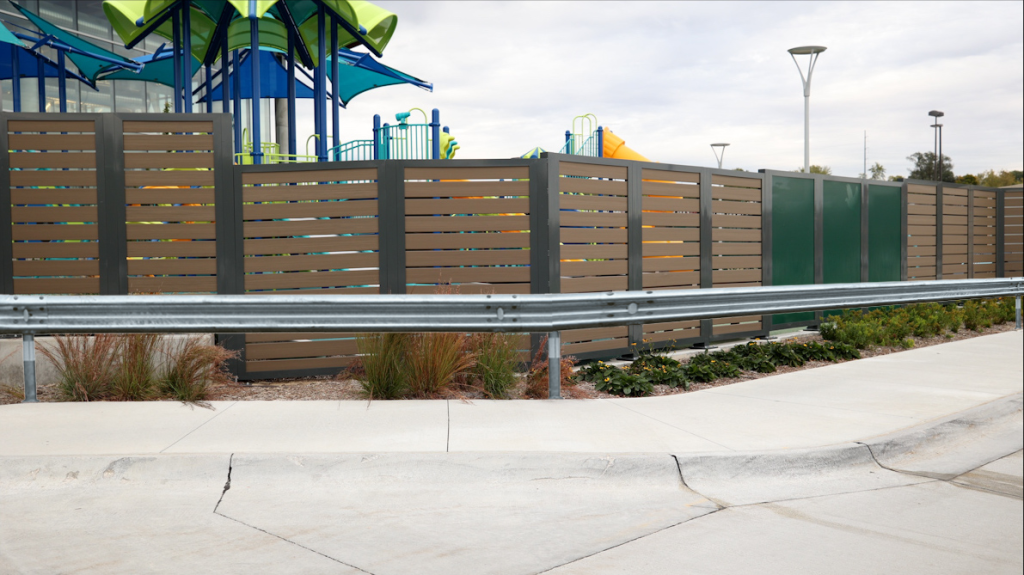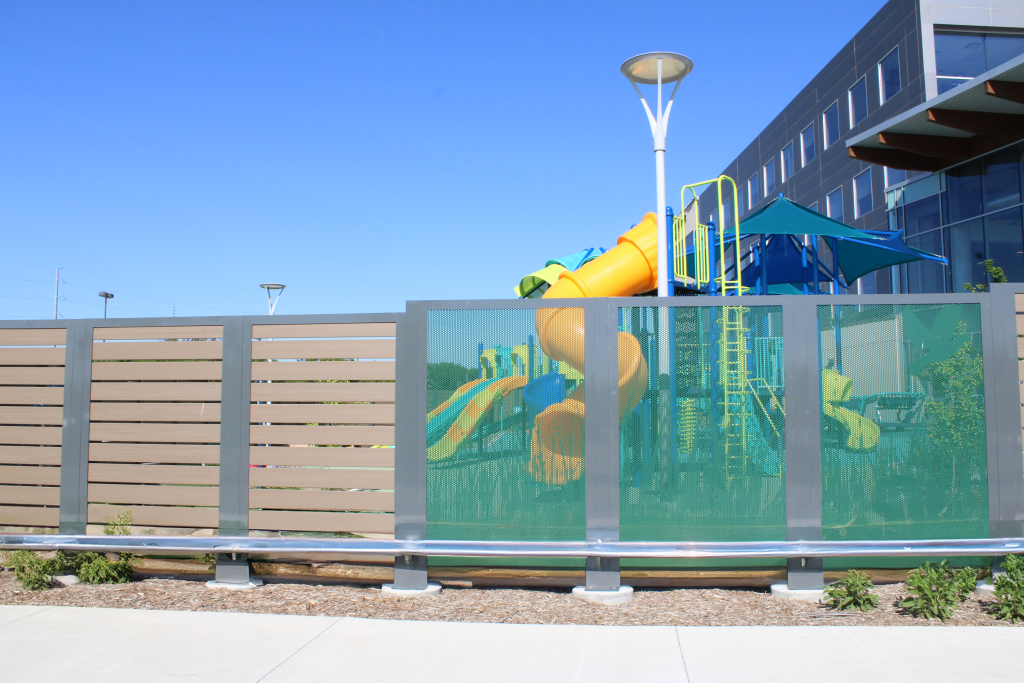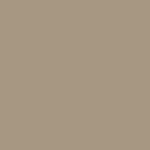Playsafe Vehicle Barrier
Playsafe Vehicle Barrier
The PlaySAFE vehicle barrier not only provides that peace of mind but also incorporate our PlaySAFE playground screen fencing system. PlaySAFE is designed with 6” square steel posts mounted to 10” square steel plates to be anchored to the top of existing concrete or placed on top of concrete piers engineered by others. An optional W-Beam guardrail system with offset blocks may be mounted to the posts providing even more safety. W-beam guardrail is a kind of road crash barrier used for securing highway safety by preventing errant vehicles from sliding out of the roads and impacting the roadside buildings or other objects. So it is most commonly fixed on the side of the highways, dock areas, aisles, especially on curves and slopes for protection against run-off-road collisions. Our W-beam guardrail product is formed in accordance with the latest highway safety barrier technology for making sure its high durability and maximum strength. It is made of high quality steel, which reduces the impact force caused by mobile equipment to the maximum extent. Meanwhile, the zinc coating or PVC coating perfectly combined to the W-beam guardrail keeps the products free of damages of corrosion and rust.
Additional Information
Advantages:
- Easy installation: just attach the beam directly to the post, no need of blocks.
- Prevent the mobile equipment from skidding off the road by redirecting it
- Minimum the damage of errant vehicles
- High quality material and anti-rust surface for longer service life
- Corrosion resistant
- Can be repaired quickly after accident
Details:
- Shape: Two waves
- Material: Q235 (equivalent to S235JR / DIN EN10025 and Gr.D / ASTM A283M), Q345 (S355JR / ASTM A529M 1994), Q255JR, etc.
- Surface: hot dipped galvanized or powder coating
- Standard: AASHTO M-180, EN1317, RAL-RG620, JT/T 281-1995, JT/T 281-2007, JT/T 457-2007, SPS98S, EU, USA, AS/NZS, or any other International Standards.
- Certificate: GB/T9001-2000, ISO 9001-2000
Product Spec Download:
Applications:
Highways, Parking lots, Roadside structures, Dock areas, Aisles, Curves, Slopes
Material Composition:
Steel
- Custom Color
- Standard Black
- Traffic Black
- Traffic Grey
- Dusty Grey
- Silk Grey
- Grey White
- Pure White
- Architectural Bronze
- Grey Beige
